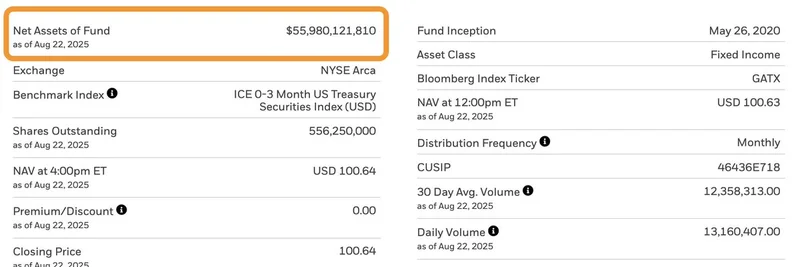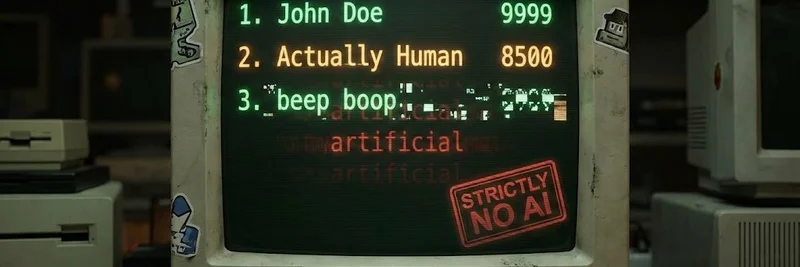In the fast-paced world of crypto, where meme tokens often steal the spotlight with their wild volatility and community-driven hype, there's a quieter revolution happening in real-world assets (RWAs). Token Terminal, a go-to source for crypto fundamentals, recently sparked a discussion on X with a tweet highlighting the iShares 0-3 Month Treasury Bond ETF (SGOV) and its massive assets under management (AUM) of around $55 billion. They posed the question: Is this the best comparable (or "comp") for BlackRock's BUIDL fund, which sits at about $2.4 billion in AUM?
For those new to these terms, let's break it down simply. SGOV is a traditional exchange-traded fund (ETF) from iShares, part of BlackRock's family. It invests in ultra-short-term U.S. Treasury bonds—basically, super-safe government debt that matures in zero to three months. Think of it as a low-risk way to park money and earn a bit of yield, similar to a high-yield savings account but in ETF form. It's traded on the NYSE Arca and tracks the ICE 0-3 Month US Treasury Securities Index.
On the other hand, BUIDL is BlackRock's foray into blockchain with the USD Institutional Digital Liquidity Fund. It's a tokenized version of a similar treasury fund, built on Ethereum and expanded to other chains like Solana. Tokenization means it's represented as digital tokens on the blockchain, allowing for instant settlements, 24/7 access, and integration with decentralized finance (DeFi) protocols. This makes it appealing for institutions dipping into crypto without leaving the safety of treasuries.
The tweet's comparison makes sense because both offer exposure to short-term treasuries with minimal risk, but one is traditional finance (TradFi) and the other is crypto-native. SGOV's whopping $55B AUM dwarfs BUIDL's $2.4B, showing how much ground tokenized funds still need to cover. But BUIDL has grown rapidly since its March 2024 launch, capturing a significant share of the tokenized treasury market—over $2B in just months, as per recent reports from sources like TDeFi.
Why does this matter for meme token enthusiasts? In the meme coin space, where projects like Dogecoin or newer viral tokens dominate headlines with massive market caps but high volatility, assets like BUIDL represent the stable side of crypto. Meme traders often seek yield-bearing safe havens to park profits between pumps. Tokenized treasuries could become the "savings account" for crypto portfolios, as one reply to the tweet suggested. Institutions are increasingly viewing these as alternatives to traditional options, potentially bringing more liquidity into the blockchain ecosystem that benefits meme tokens indirectly through better on-ramps and DeFi composability.
The discussion in the replies adds flavor. One user agreed SGOV is the closest comp, noting how treasury ETFs are becoming institutional favorites—echoing sentiments from crypto analysts. Another pointed out that while giants like SGOV lead in size, niche players like BUIDL excel in innovation, integrating with emerging protocols for better yields. A third simply called it an "interesting comp," highlighting the growing buzz around RWAs.
Looking ahead, as tokenized assets hit records—like the $270B total AUM mentioned in a recent Securitize tweet—BUIDL's multi-chain expansion (now on seven blockchains, per Token Terminal) could close the gap with traditional ETFs. For blockchain practitioners, this blend of TradFi stability and crypto efficiency is a tool to enhance portfolios, whether you're HODLing memes or building DeFi strategies.
If you're into meme tokens, consider how RWAs like BUIDL might stabilize the market, offering yields around 4-5% (based on current treasury rates) without the drama of pump-and-dumps. It's a reminder that crypto's future isn't just about memes—it's about bridging real value on-chain.
For more insights on how RWAs intersect with meme ecosystems, check out our knowledge base at Meme Insider.



